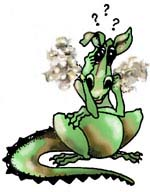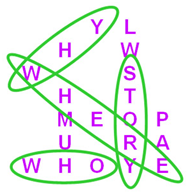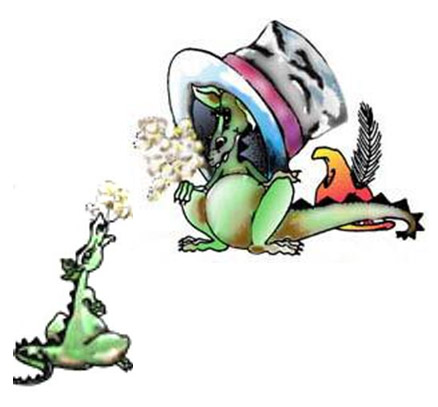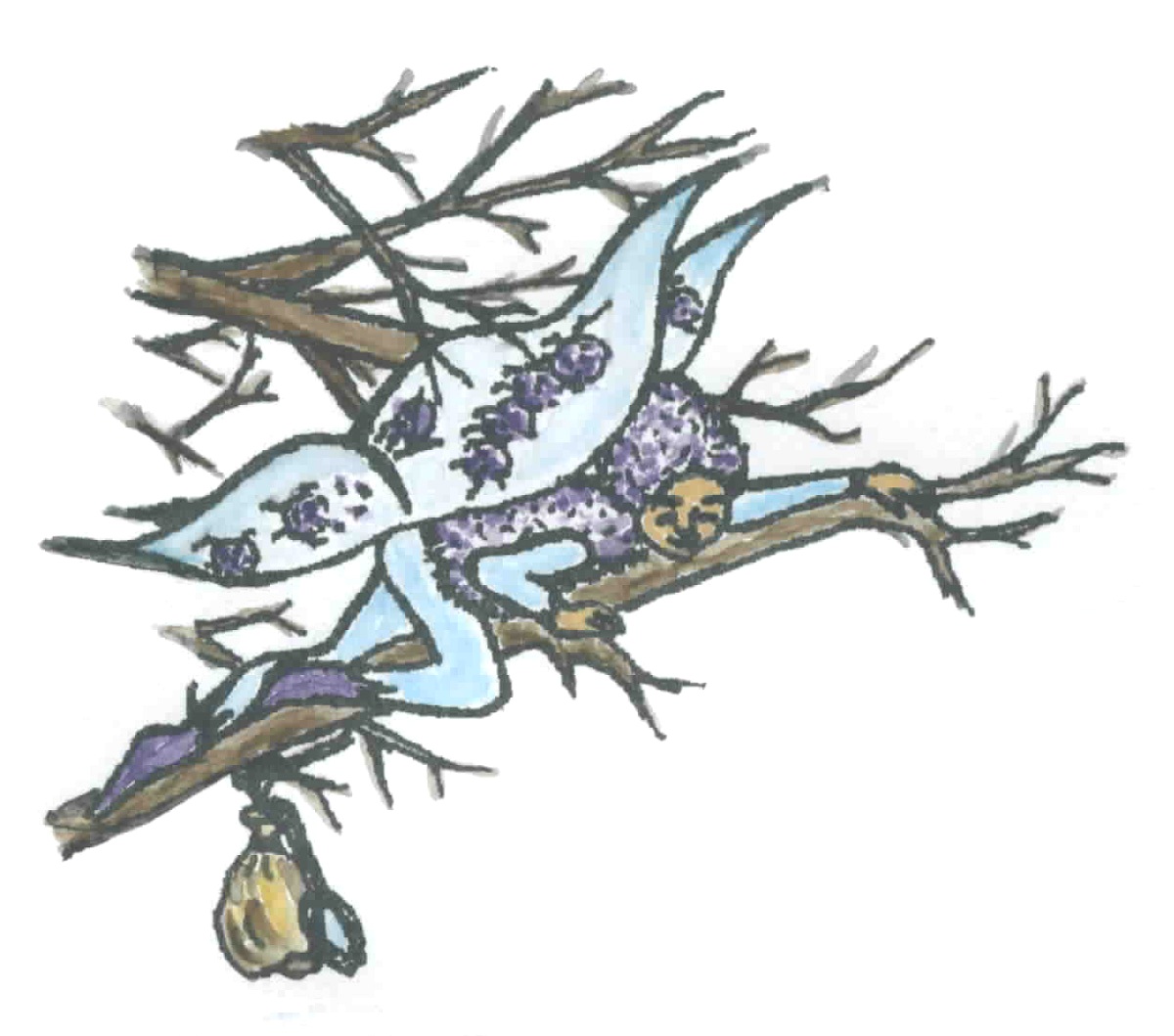

Do you want to create a story? Your very own story? A story to tell your friends, family, or a big audience at a festival?
Here on the Kids' Storytelling Club Story Shelf, you will find some general tips and ideas for how to create and tell a story. The most important advice is: if you want to create stories, first, read stories. To tell stories, listen to stories. Throughout the Club site, you might have noticed some of our Story Sprites. Here on the Shelf, you'll find one of their stories, which may help you better understand how all stories are created. And you'll also find a featured story you can adapt to tell. Altogether, we hope that all these will help you find and tell YOUR story.
By Vivian Dubrovin
Creating storytelling stories is quite different from creating written stories. That's because storytelling stories are different from written ones. Written stories are always the same. You may read them many times, but the words will always be in the same order. One event will follow another. Storytelling stories are never the same, they change with each audience to appeal or adapt to those specific listeners. For example, if you lost something on the way home from school, how would you describe the incident to your mother? Your teacher? Your best friend? Your sister or brother? Would one version vary depending on whom you were talking to?
Story Challenge: SIDEWAYS Stories
Tell of a recent event, first to a young child, then to a grown up, then to a friend. Did the story change? Shift emphasis? Add detail? Like many parallel paths from story beginning to end, stories can go “sideways” to adapt to new audiences. Can you turn it again, retell the same story five ways? Ten?Storytelling is like this. You don't memorize a written story to make it a storytelling story. You might leave out some part one time or add others another time. Some parts, such as a repetitive line can always be the same, but each telling is different.
There are three secret reasons why each storytelling is different.

1. Who Will Listen?

Will you tell your story to kids your own age? Will they be friends or young people you haven't met yet? Perhaps you will tell to younger kids. Or, will it be an audience of adults? Will it be just a couple people, a small group, or a large audience?
2. Where Will You Speak?

How you tell your story and what story helpers you use will depend on where you will be speaking. Will you be talking at one of your youth organizations, a parents' night program, in your classroom, at a storytelling workshop, in a library storytelling program, while riding in a car or bus, at a family dinner, during a community fair, at a museum, at a storytelling festival, or during a religious program?
3. Why Are You Telling It?

There are many reasons for telling a story. Knowing why you are telling it may be the most helpful reason in adapting a story for a particular audience. Many storytellers select tales just to entertain. They tell jokes, silly stories, or tall tales. Others want to teach something, such as how to be more considerate of animals, the environment, or other people. One storyteller likes to encourage his listeners to try new things. Some babysitters tell stories to help children not to be afraid of thunder, lightning or scary shadows in their rooms. Some tellers use personal stories to promote understanding of another culture. Others want to make people think or to help people remember. Some like to scare their audience with ghostly stories.

Use Sample Stories to Help Find Yours
Remember, read stories to create stories. But you don't memorize a storytelling story. You adapt it and retell it. So when you read examples, look for the pattern to see how you might keep the basic story but modify it to make it your own. Every story at the basic level has three things: a character, a problem, and a solution. For any story you read or hear, see where you would say, “Oh, something like that happened to me, but I…” Or say, “That's NOT what happened to me! For me, it went like this:” Either way, you've found your story! That's always how it happens. If you read or listen to enough stories, you'll find yours. Stories create stories. Try it.
Any stories can be helpful samples, but those with problems similar to yours are especially useful. When you are having trouble creating or finding a story, reading a story about someone else story-hunting can help you find yours. Like a gateway, that may help you begin to see more stories. This fantasy about a sprite is an example of a very simple tale, like might be told to a child while babysitting. Do you see the character, problem, and solution in this super-simple story? You could tell this using sprite image cards, as described in Discover Bright Fantasy. Or you might use puppets, or other props. What purpose might you emphasize, maybe being persistent and not giving up? Or, the benefit of going to the source (the bunnies themselves) when seeking the best? How might you adapt or modify it for an older audience? What might you substitute other than bunnies? Where else might you tell it other than babysitting? Do you see how answering “who, why, where” can help you make this story go “sideways” to become a story you could tell?
What will help you create your best story?
(Hint: find answers in Vivian's Loft)By Vivian Dubrovin
One day I was looking for a storytelling story about bunnies. I like bunny rabbits. I asked the biggest Story Sprite if he knew any, but he only had space stories. I asked the Fantasy Story Sprite but he only had tales of dragons and castles. And then I saw the bunnies themselves before I saw the littlest story sprite watching them while hidden up in the branches of a tree. And they all together gave me the best bunny story.

© B Dubrovin
You can find story creating advice as well as more sprite and dragon stories about stories, quick-easy ones like this as well as complicated longer ones, in Discover Bright Fantasy and Create Your Own Storytelling Stories, both available in our Bookstore.
Featured Story:
CLICK or TAP HERE for a storytelling story example in our featured club project.